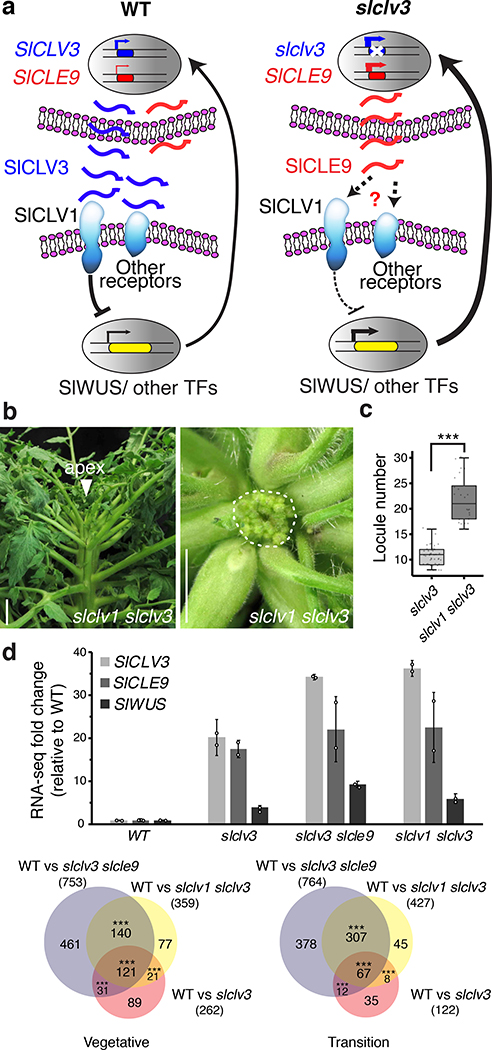Fig. 3. SlCLE9 compensation acts primarily through the receptor kinase SlCLV1.
a, A proposed model showing buffering of stem cell homeostasis by SlCLE9 acts primarily through SlCLV1 when SlCLV3 is compromised, achieving partial suppression of SlWUS through negative feedback. b, Side and top-down view of slclv1 slclv3 showing enlarged meristem flanked by multiple fasciated floral buds (dashed circle). c, Quantification of locule number from slclv3 (n = 43) and slclv1 slclv3 (n = 24). d, Fold change in expression of SlCLV3, SlCLE9 and SlWUS relative to wild-type RNA-seq from slclv1, slclv3 and slclv1 slclv3 and slcv3 slcle9 mutants (mean ± SD). Data are from 2 biological replicates (4-fold change, 1 cpm cutoff, FDR < 0.10). e, Venn diagrams of RNA-seq data of differentially-expressed genes (DEGs) comparing the indicated mutant genotypes for vegetative and transition stages of meristem maturation. Boxplots, 25th–75th percentile; whiskers, full data range; center line, median. ***P = 5×10−22, two-tailed, two-sample t-test in c. ***P < 0.001 of 1,000 simulations from random sampling in e. Scale bars, 2 cm in b.

